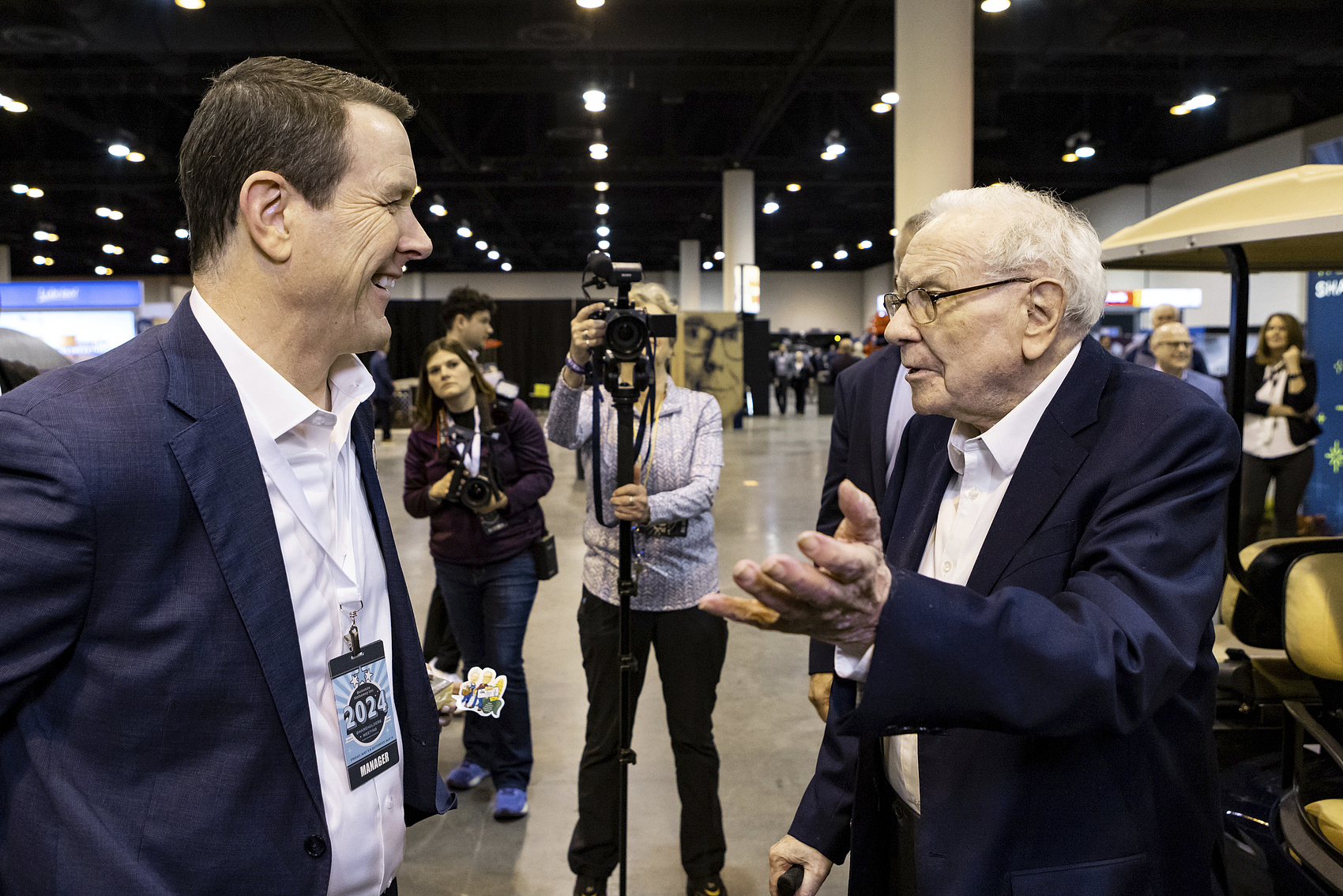Warren Buffett, widely regarded as one of the most successful investors ever, has built a massive fortune through smart investments and a sharp sense for spotting value. However, even the Oracle of Omaha is not immune to making mistakes. In fact, Buffett himself is candid about his investment blunders and considers them valuable learning experiences. Here, we explore 5 of Buffett’s biggest investing mistakes and the lessons they impart.
1. Dexter Shoe Company
In 1993, Warren Buffett’s Berkshire Hathaway acquired Dexter Shoe Company for approximately $433 million. Buffett paid for the acquisition with Berkshire Hathaway stock, which, in hindsight, was a costly error. Dexter Shoe, which was initially profitable, soon faced significant challenges due to increased competition from low-cost overseas manufacturers. The company's decline was swift, and it eventually became worthless. Buffett later admitted that the decision to purchase Dexter Shoe with stock was one of his worst mistakes, costing Berkshire shareholders billions as the value of those shares skyrocketed over time.
Lesson Learned: The Dexter Shoe failure taught Buffett the importance of assessing the durability of a company's competitive advantage. It also highlighted the potential opportunity cost of using valuable stock as a currency for acquisitions. Investors should be cautious when evaluating companies vulnerable to industry shifts and competitive pressures.
2. Tesco PLC
 Buffett’s investment in Tesco, a British grocery chain, is another example of a misstep. Berkshire Hathaway began purchasing Tesco shares in 2006 and eventually became one of the company's largest shareholders. Initially, the investment appeared promising, but Tesco soon faced accounting scandals and operational difficulties. Buffett was slow to react to the negative developments and began selling his shares only after the problems became too significant to ignore, resulting in an estimated loss of over $400 million.
Buffett’s investment in Tesco, a British grocery chain, is another example of a misstep. Berkshire Hathaway began purchasing Tesco shares in 2006 and eventually became one of the company's largest shareholders. Initially, the investment appeared promising, but Tesco soon faced accounting scandals and operational difficulties. Buffett was slow to react to the negative developments and began selling his shares only after the problems became too significant to ignore, resulting in an estimated loss of over $400 million.
Lesson Learned: The Tesco experience underscores the importance of vigilance and timely decision-making. Investors must stay informed about their holdings and be ready to act decisively when a company's fundamentals deteriorate. It serves as a reminder that even well-established companies are not immune to mismanagement and scandal.

3. US Airways
In the late 1980s, Buffett invested in US Airways, attracted by the airline's potential for turnaround and profitability. However, the airline industry proved to be highly volatile and fraught with challenges, including labor disputes and fluctuating fuel prices. US Airways struggled financially, and Buffett later described the industry as a "death trap" for investors. Although Berkshire eventually made a small profit when the airline recovered, the investment was fraught with uncertainty and risk.
Lesson Learned: Buffett's US Airways investment highlights the perils of investing in industries plagued by structural issues and high levels of unpredictability. It taught him the importance of understanding industry dynamics and the risks associated with businesses that require significant capital expenditure and are sensitive to external factors. As a result, Buffett has generally avoided airline investments, although he made a notable exception in the 2010s, which he later exited.
4. ConocoPhillips
In 2008, Buffett made a significant investment in ConocoPhillips as oil prices were soaring. However, he misjudged the cyclical nature of the energy market. Soon after his investment, oil prices plummeted during the financial crisis, leading to substantial losses for Berkshire Hathaway.
Lesson Learned: This experience highlights the risks of investing based on commodity price speculation. For investors, it emphasizes the necessity of timing and market conditions when considering investments in cyclical industries. Diversification and a margin of safety are crucial.
5. IBM
In 2011, Buffett made headlines when he invested heavily in IBM, a departure from his usual avoidance of technology stocks due to their rapid changes and uncertainties. Buffett believed IBM had a solid business model and significant growth prospects. However, the company struggled to adapt to the changing tech landscape, facing declining revenues and increasing competition. By 2018, Buffett had significantly reduced his stake in IBM, acknowledging that his original thesis had not played out as expected.
Lesson Learned: The IBM investment serves as a reminder of the complexities and rapid evolution within the technology sector. Buffett's experience emphasizes the need for thorough understanding and caution when investing in industries outside one's expertise. For investors, sticking to areas where they have a strong knowledge base can help mitigate risks associated with unfamiliar sectors.
Conclusion
The key takeaway from Buffett's experiences is the importance of continuous learning and adaptability. By acknowledging and analyzing past missteps, investors can refine their strategies and improve decision-making processes. Emphasizing the significance of understanding competitive advantages, industry dynamics, and company fundamentals, Buffett's journey underscores the value of patience, discipline, and a long-term perspective in the world of investing. As we navigate our own investment paths, let us remember Buffett's wisdom and strive for informed, thoughtful, and resilient investment practices.

